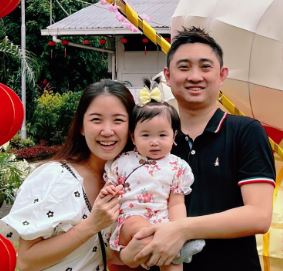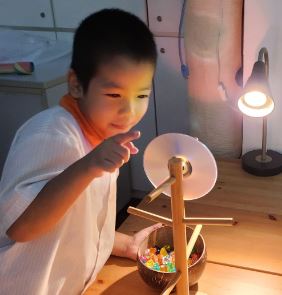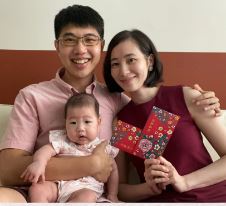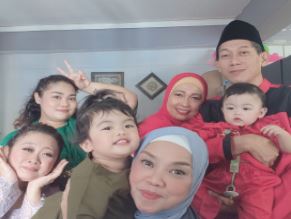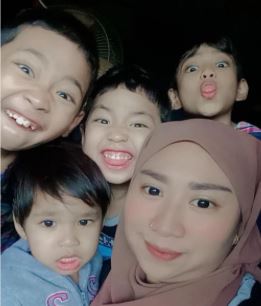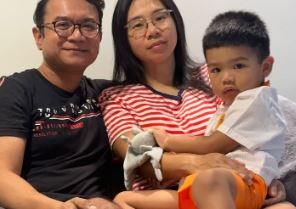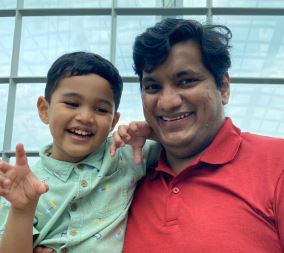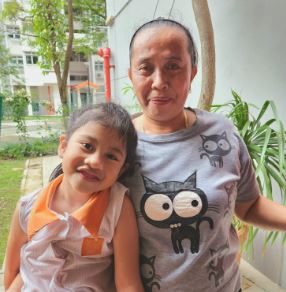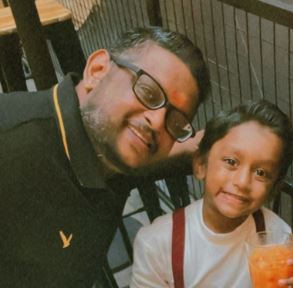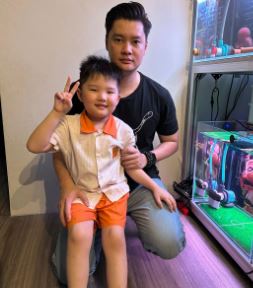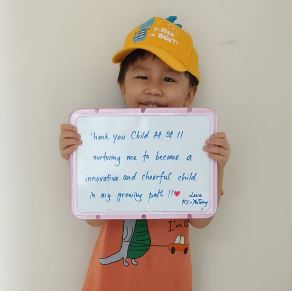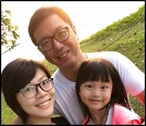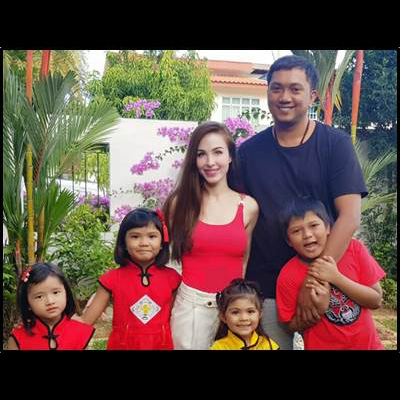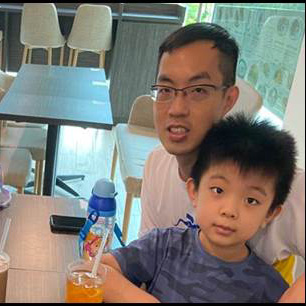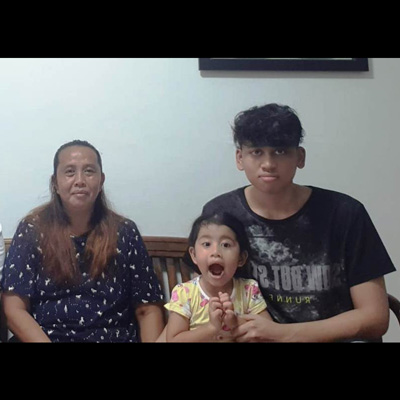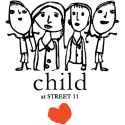Our Projects
The approach to work in Child at Street 11 is based on open-ended, long-term and investigative projects where children ponder meaningful questions about the big world and generate new ideas to answer them.
In this approach to education, learning possibilities are offered as a catalyst for the learning process. Educators welcome uncertainty and often place value on the question rather than the answer. In this approach, children are given opportunities to feel wonder and do their own questioning on topics. The children create their own theories and test out these theories through different means of communicating ideas. They construct knowledge and express them through art, music, dance or language.
Our Children in Action
In a dinosaur project, children built a 3-D model of the Ankylosaurus, using recycled material. They built a prototype first, using egg shell cartons, spices and cardboard paper. With the right measurements, they built a bigger dinosaur, using mathematical calculations on size, proportion and weight. When a donor invited the children to lunch at their office, the children carried the big dinosaur in a bus and made a presentation on their project in the company’s boardroom.
In another project, Kindergarten 2 children aged 6 were invited by the Member of Parliament for the area Mr Henry Kwek, to write letters to themselves on what life would look like in 2065 – the year Singapore turns 100. The teachers in the Centre, collected their letters and published a book. A copy of the 10 letters, was placed by the Prime Minister of Singapore, Mr Lee Hsien Loong, in a time capsule on 27 August 2018. The grassroots leaders are expected to invite the 10 children to a ceremony in 2065 when the time capsule will be opened and their letters will be read. The 10 children will be 53 years old in 2065.
Since 2012, the Centre has a tradition of publishing children’s books by the Centre’s children. The books symbolise the imagination and courage a child has to say in words and symbols. The work is created entirely by the children, with the teacher playing the role of a scribe. The teacher records the child’s thoughts and ideas expressed during long-term investigative projects.
Voices from The Parents

